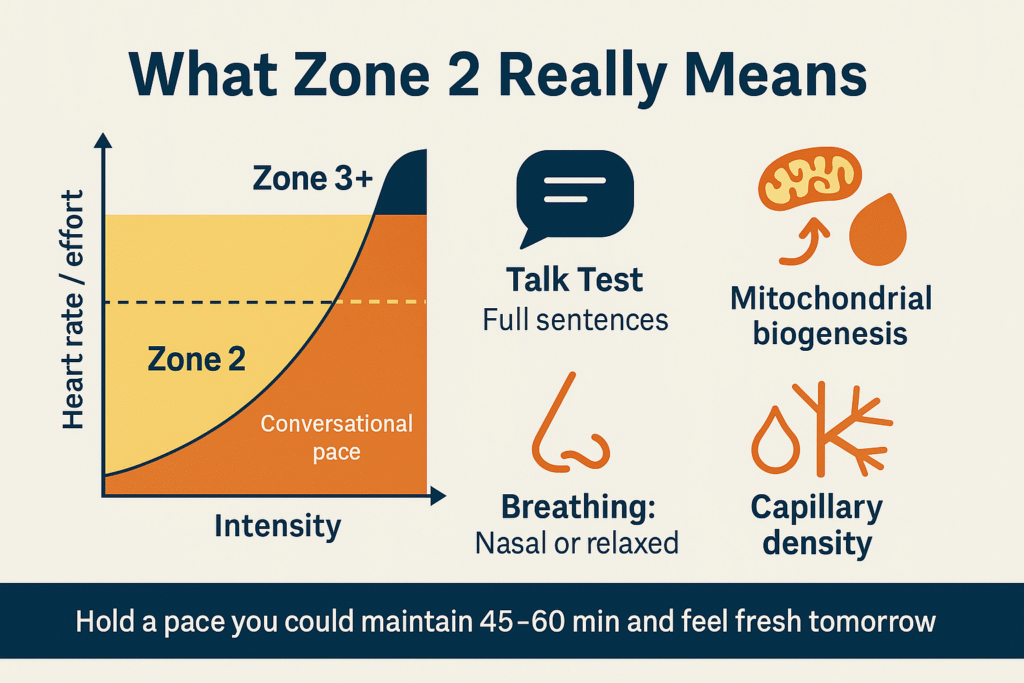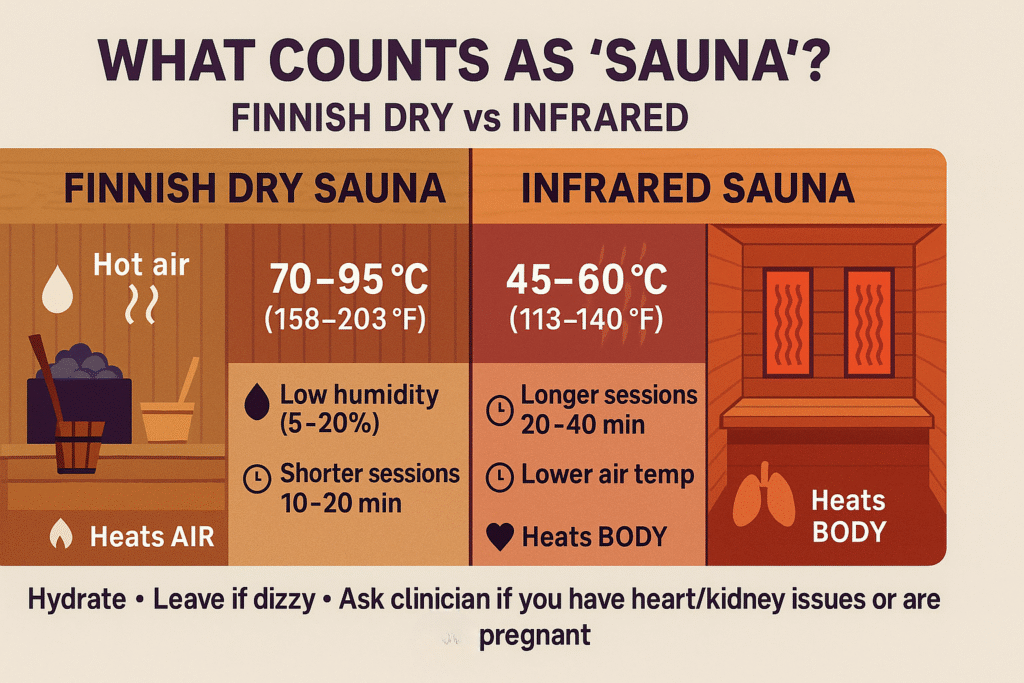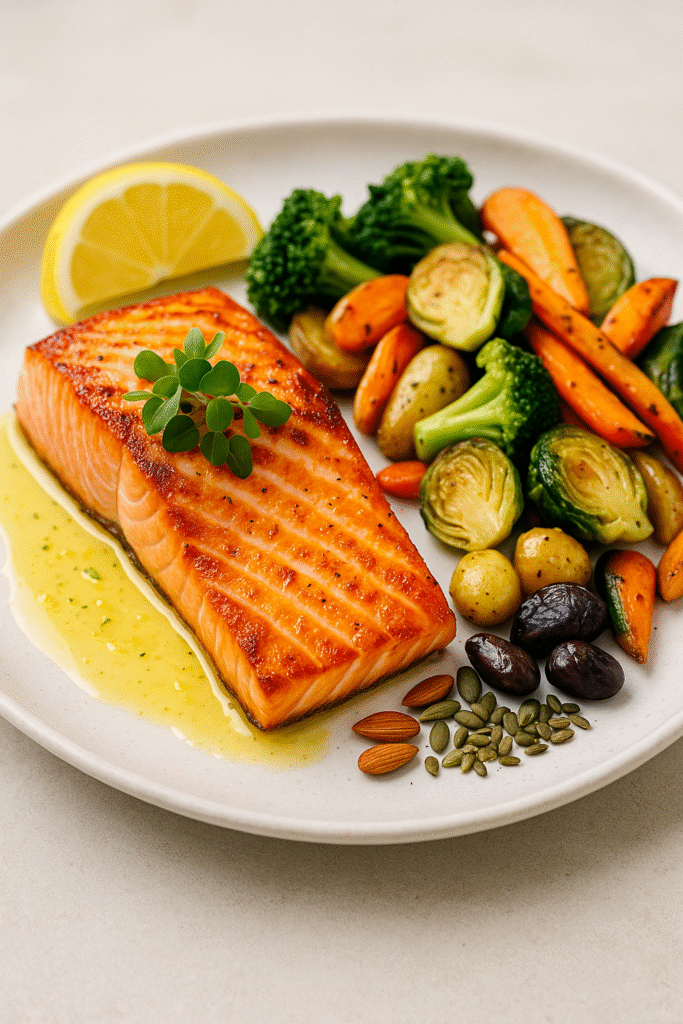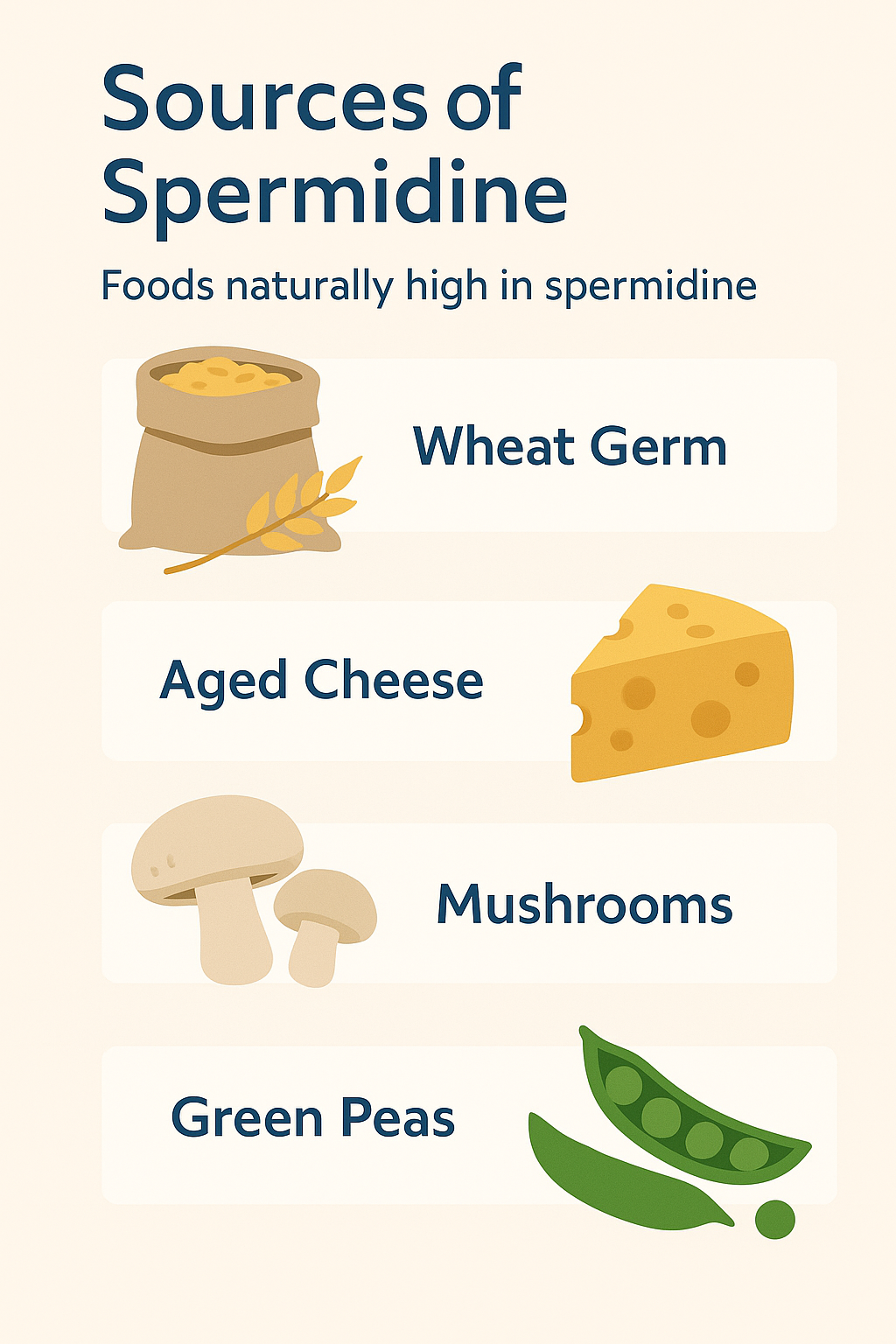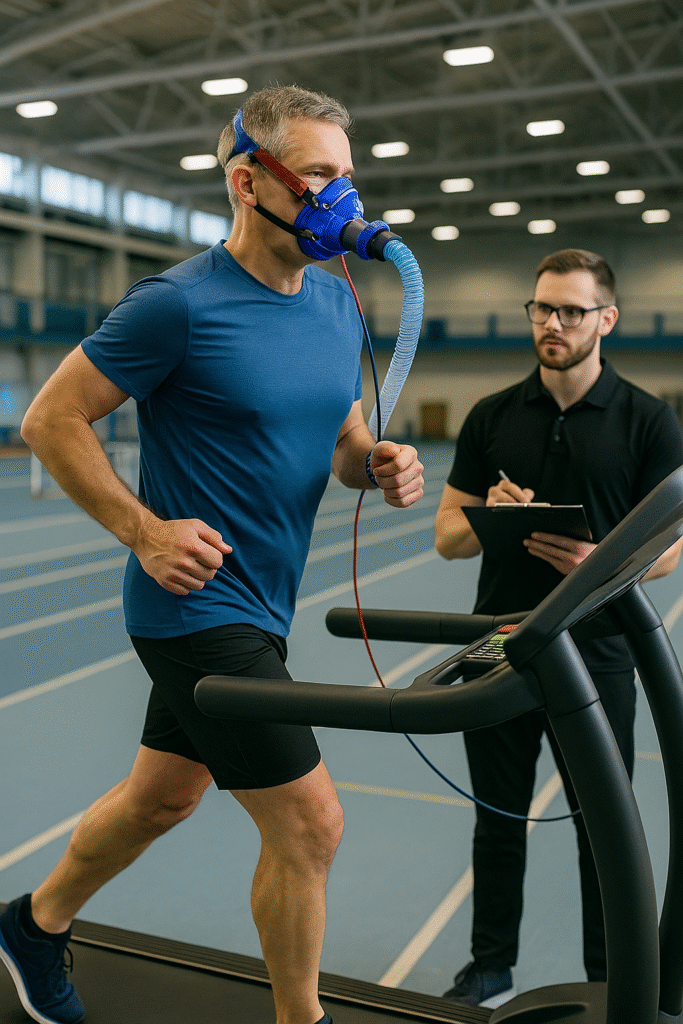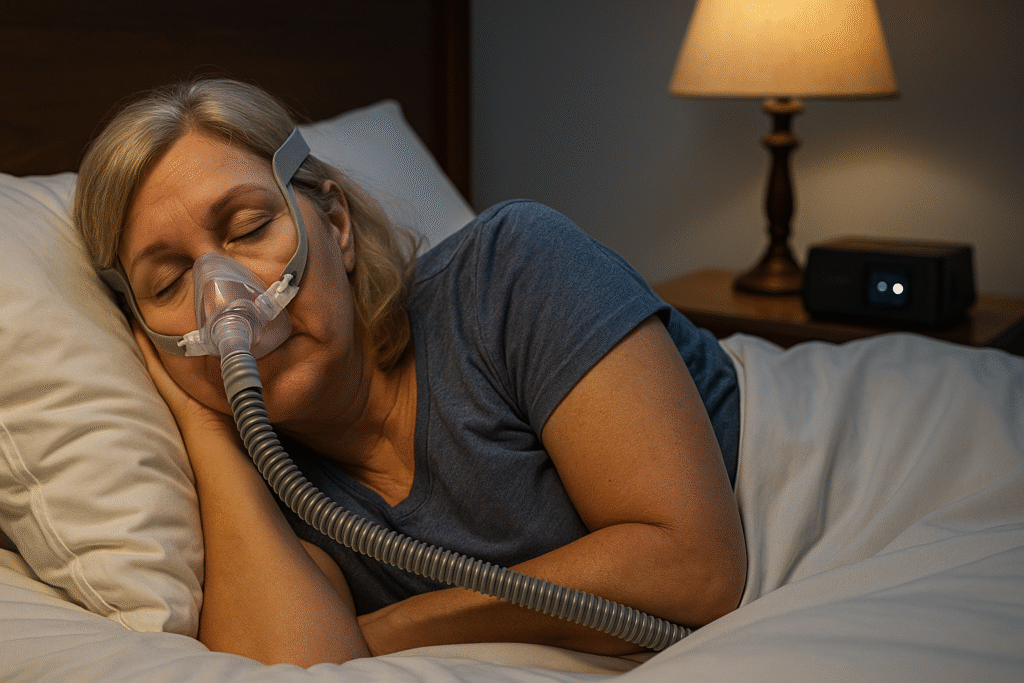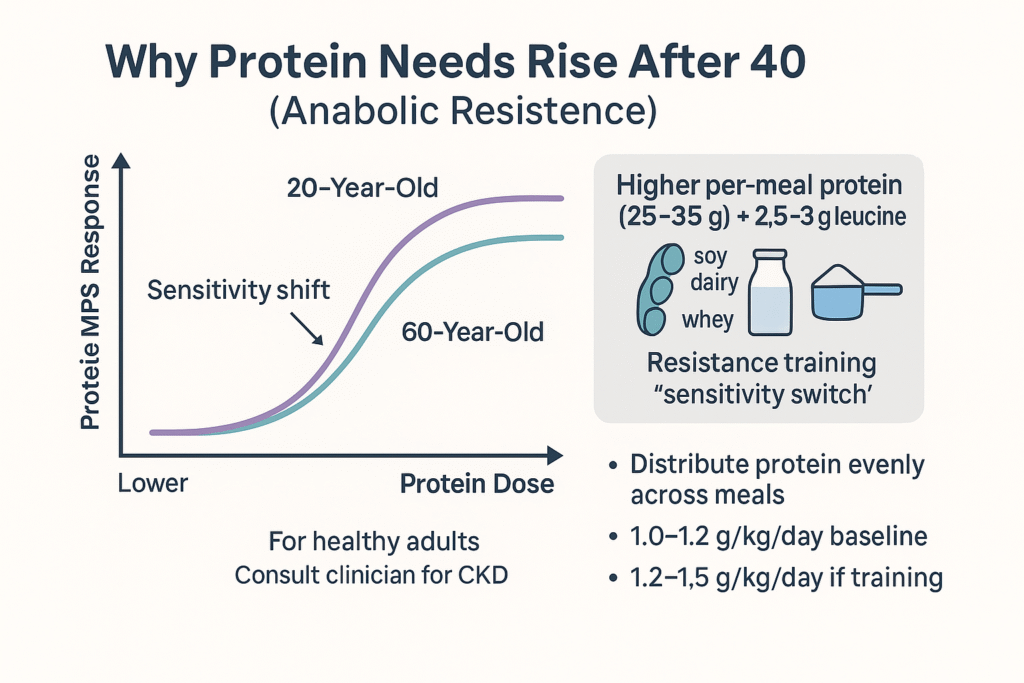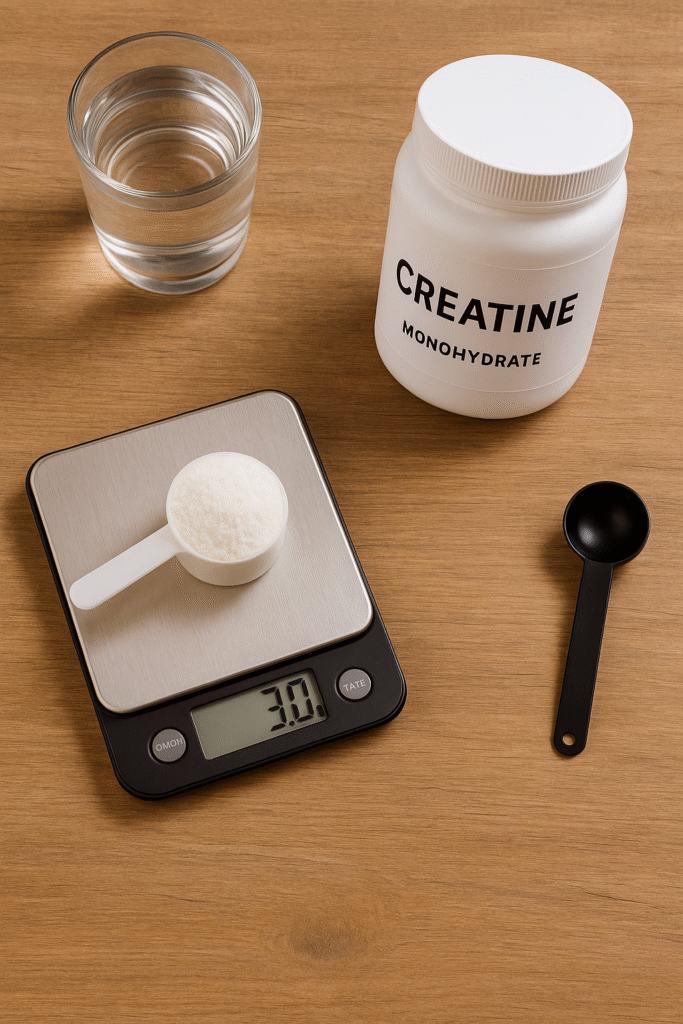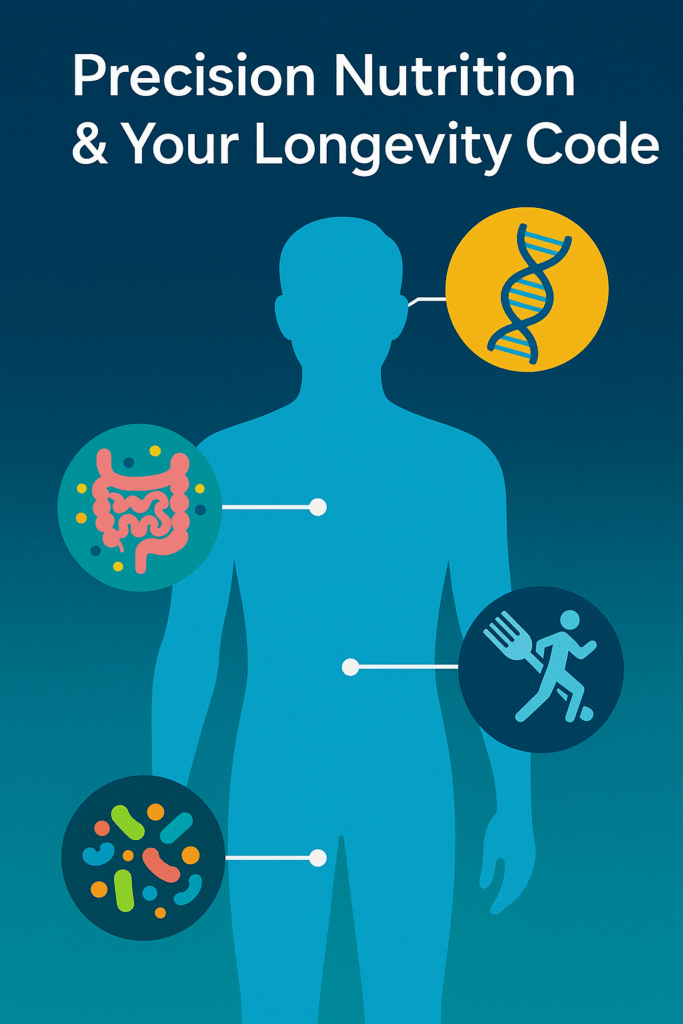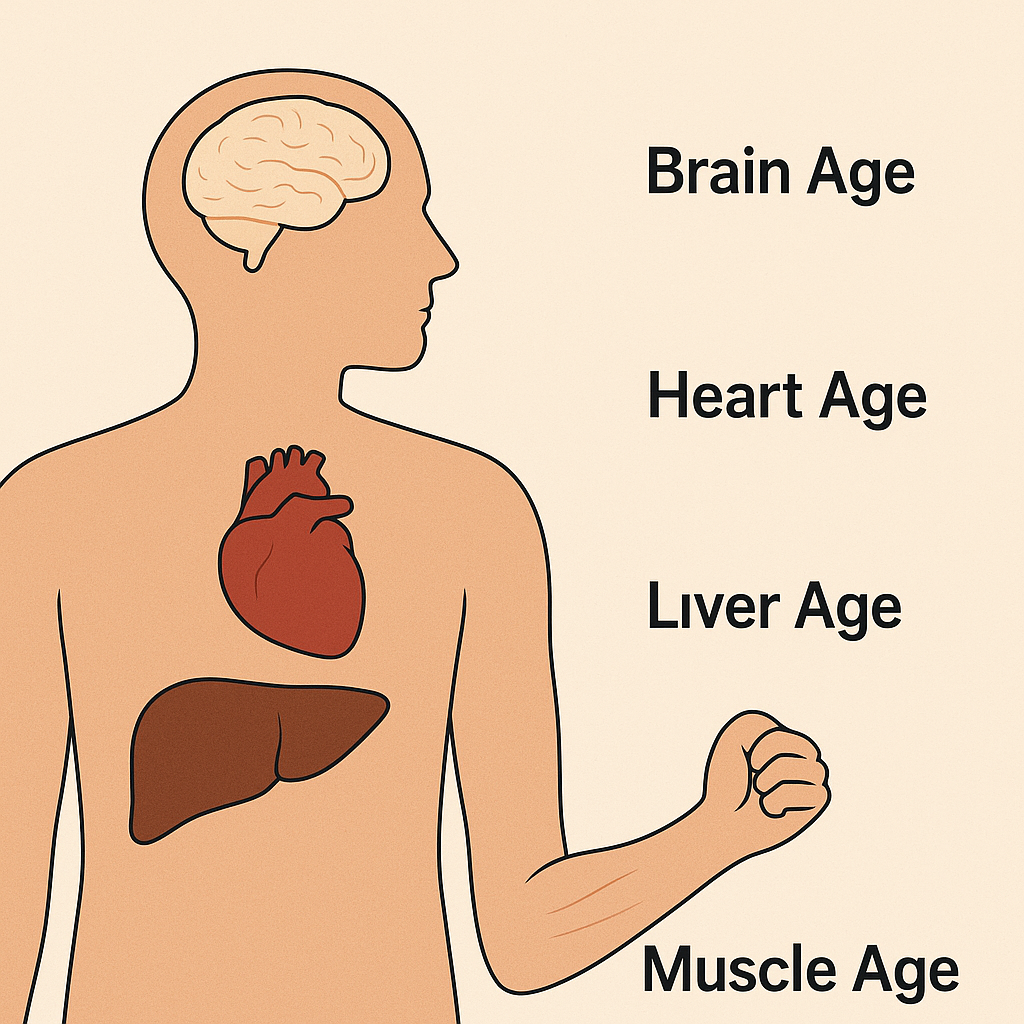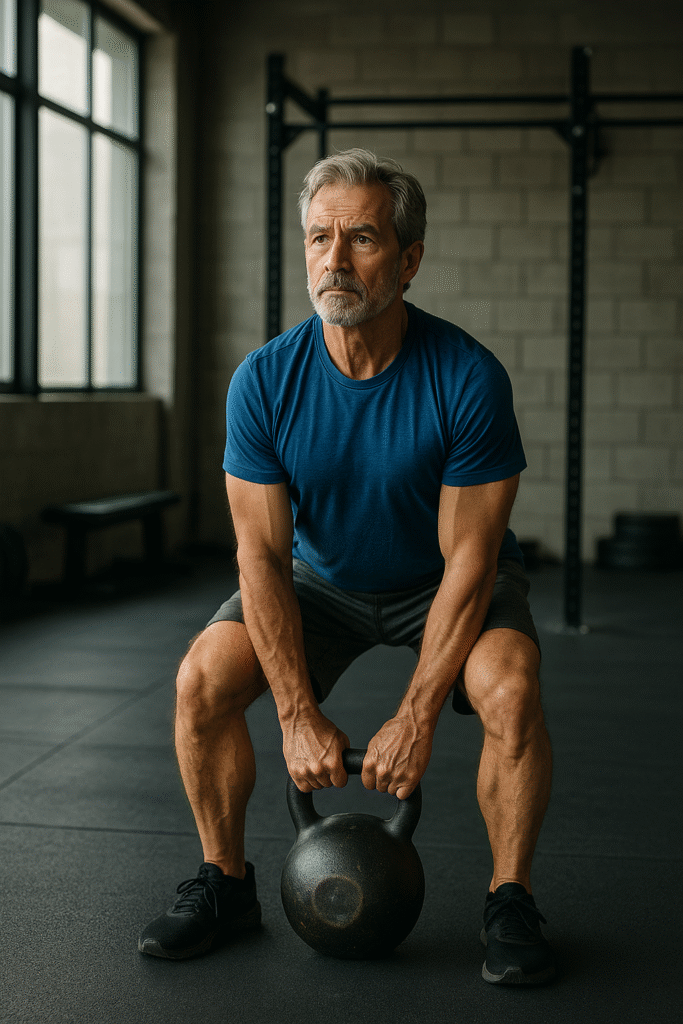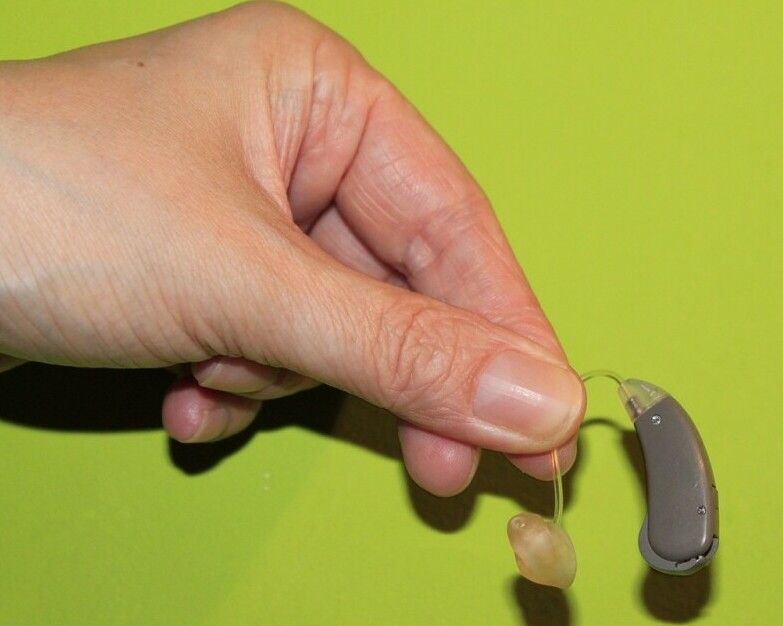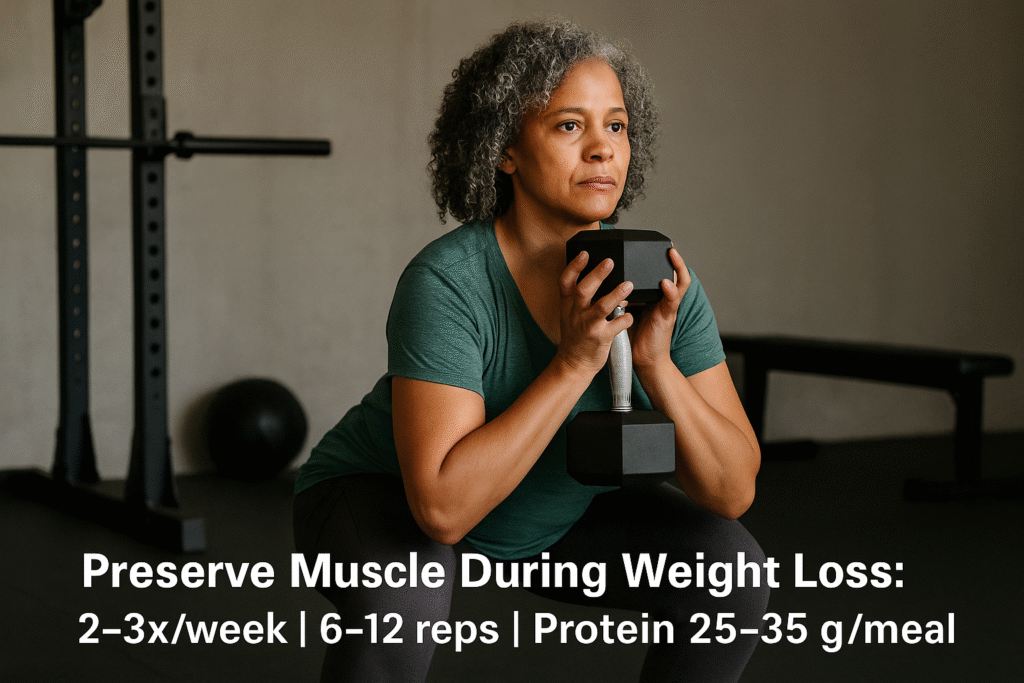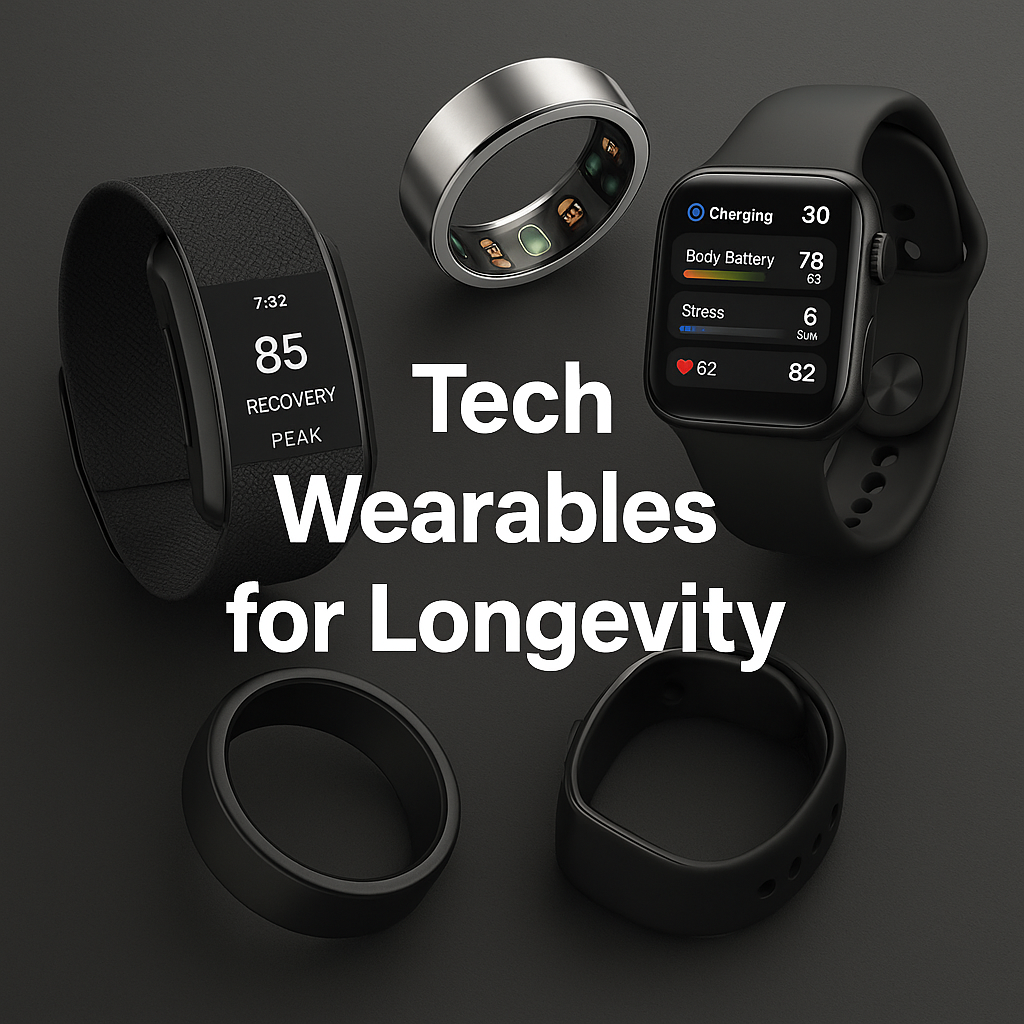For most midlife and older adults, the best “longevity stack” blends Zone 2 (steady, conversational cardio just below the first lactate threshold) with intervals (HIIT—high-intensity interval training). Zone 2 reliably builds aerobic base, improves mitochondrial function and fat oxidation, and is easy to recover from; intervals are time-efficient for boosting VO₂max (maximal oxygen uptake) and blood-pressure control when you progress sensibly. Aim for 150+ minutes/week of moderate work (much of it Zone 2) or 75+ minutes/week of vigorous work, plus 2 days/week of strength, and sprinkle 1 interval day if recovery is good.
I’m a fan of easy wins you can repeat. I treat Zone 2 as the non-negotiable base: a 60–90-minute ride where I can comfortably talk in full sentences. I plug in one interval day a week if not once every two weeks—usually 4–6 repeats of 60–120 seconds full effort with full recovery. If joints are sore, I skip intervals and double down on Zone 2. I also keep a short strength routine (sit-to-stand or goblet squat, hinge, row/pull-apart, and a push) twice a week so that cardio gains compliments my weight training. My bottom line: make Zone 2 your habit, add in intervals when you can recover, and keep lifting. That combination is sustainable, energizing, and friendly to the long game.
What “Zone 2” really means (and why it matters)
Most experts now converge on Zone 2 as the intensity just below your first lactate threshold (sometimes called LT1), where blood lactate typically stays <~2.0 mmol/L, breathing feels easy, and you can hold a comfortable conversation. Practically, it’s the easiest steady pace you can keep for 60–120 minutes and still feel fresh the next day. At this range you recruit mostly Type I (slow-twitch) fibers and trigger adaptations tied to mitochondrial biogenesis (more and better mitochondria), fat oxidation, and improved lactate clearance. That’s why Zone 2 is often called the “base-building” zone. INSCYD+3Human Kinetics Journals+3PMC+3
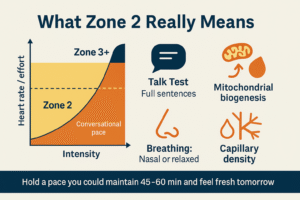
Good proxies to find Zone 2 at home
Talk test: You can speak in full sentences without gasping.
Breathing: Nasal or relaxed mouth breathing; no burning legs.
Heart-rate cues: Often near (but just below) the intensity where conversation first becomes slightly labored; if you use data, HRV-derived or ventilatory thresholds can help anchor it, but perfection isn’t required. PMC
What counts as “intervals” and why they help

Intervals (HIIT—high-intensity interval training) alternate short bursts of harder work with easy recovery. Across populations—including older adults—HIIT can improve VO₂max as much as, and sometimes more than, moderate continuous training (MICT—moderate-intensity continuous training), with less total time per session. Meta-analyses from 2024–2025 show meaningful VO₂max gains and quality-of-life benefits in older adults, though superiority over MICT isn’t universal, and supervision matters for safety. Wiley Online Library+3PubMed+3PMC+3
Typical starter structures (choose one):
Speed play: 6–10 × 30–45 seconds brisk (not all-out) with full easy recovery.
Aerobic intervals: 4–6 × 2 minutes “comfortably hard” with equal easy time.
Hills: 6–8 × 30–60 seconds gentle hill/level resistance; walk or coast back.
Intervals are potent but stressful; dose carefully and keep the rest of the week easy enough to recover.
Which is “Best” for longevity?
There’s no single winner—they complement each other.
Public-health targets for longevity (lower cardiovascular and all-cause risk) start with volume: at least 150 minutes/week moderate or 75 minutes/week vigorous, plus 2 strength days. That foundation alone moves risk in the right direction. CDC+1
Zone 2 is the best anchor for most weeks: it’s sustainable, easy on joints, and builds the engine (mitochondria, capillary density, metabolic flexibility). Human Kinetics Journals
Intervals are the efficient kicker: multiple syntheses report similar or greater VO₂max gains versus MICT, sometimes with extra benefit for blood pressure—useful if you’re time-crunched. For older adults, they can be safe and effective when introduced progressively (and ideally with guidance if you have conditions). ScienceDirect+3PubMed+3PMC+3
Practical verdict: Make most of your cardio Zone 2. Layer one interval session on weeks when sleep and joints are good. If life is hectic, Zone 2 alone still delivers a high return.
A simple week (you can scale this)
Mon – Zone 2 (walk/ride): 35–45 min easy, conversational.
Wed – Intervals (bike or sprints): 8 × 45 sec / full easy, 10-min warm-up & cool-down.
Fri – Zone 2: 45–60 min easy.
Sat or Sun – Strength: 2–4 movements (sit-to-stand or goblet squat; hip hinge; row/pull-apart; push-up or press), 2–3 sets each.
This hits 150+ minutes most weeks and checks the strength box in line with CDC/ACSM guidance. If recovery lags, swap intervals for another Zone 2 day. CDC+1
How to find your Zone 2 and interval effort
Talk test first. If you can’t say a full sentence while moving, you’re likely above Zone 2.
Breathing feel: You should feel like you could go another 20–30 minutes.
Data-assisted: HRV-derived or ventilatory thresholds from wearables/apps can help approximate LT1; treat them as guides, not gospel. PMC
Adjust by mode: On bike/elliptical, HR is a bit lower for the same metabolic demand than running; use feel + breathing more than any single number.
Safety and smart progression (especially after 40)
Warm up 8–10 min before intervals; end sessions with easy 5–8 min cool-down.
Start intervals at an effort you’d rate 7/10 (not breathless); if joints/blood pressure or sleep seem off, skip intervalsand log Zone 2.
If you have cardiovascular disease, diabetes, or orthopedic issues, or you’re on new medications, talk to your clinician—then start with short, controlled intervals or stick to Zone 2 while strength and mobility improve. Evidence supports HIIT for older adults, but supervision and context matter. PMC
Product Picks To Compliment Your Workout
 4.1
4.1$104.95$99.89Buy NowAccurate heart-rate chest strap with Bluetooth/ANT+; pairs with watches, phones, bike computers.
Benefits: Reliable data to anchor Zone 2 and monitor interval recovery; better accuracy than many wrist sensors during motion.
Appeal: You want simple, dependable intensity guidance for walking, cycling, rowing, or treadmill sessions.
We earn a commission if you make a purchase, at no additional cost to you.
12/16/2025 10:01 pm GMT 4.4
4.4$399.00$369.00Buy NowSmooth, quiet belt drive; heavy flywheel for steady resistance; small footprint.
Benefits: Low-impact Zone 2 base builder; easy way to do structured intervals at home without joint pounding.
Appeal: Prefer joint-friendly cardio you can do regardless of weather, with room to progress intervals safely.
We earn a commission if you make a purchase, at no additional cost to you.
12/16/2025 10:01 pm GMT 4.5$159.95Buy Now
4.5$159.95Buy NowCushioned neutral shoe with stable platform; works for brisk walking to easy jogs.
Benefits: Comfortable Zone 2 walks and light intervals; reduces foot/ankle fatigue on longer sessions.
Appeal: Walkers building consistency who want a reliable pair for daily aerobic habits.
We earn a commission if you make a purchase, at no additional cost to you.
12/16/2025 10:02 pm GMT
FAQs
Is Zone 2 better than intervals for longevity?
They work together. Zone 2 drives foundational mitochondrial and metabolic adaptations with low stress; intervals efficiently push VO₂max and cardiometabolic markers. Start with Zone 2; add intervals when recovery and joints allow. Human Kinetics Journals+1
How many interval days per week?
For most midlife/older adults, one well-tolerated interval session is plenty on top of Zone 2 and strength. If recovery is excellent, a second light interval day may fit; if sleep or joints complain, drop back to Zone 2. PMC
What if I only have 20 minutes?
Do a 10-minute warm-up and 4–6 short intervals (30–45 s brisk / easy recoveries). Even brief sessions can raise VO₂max over time when done consistently. Wiley Online Library
How do public-health targets fit in?
Try for 150+ minutes/wk moderate or 75+ minutes/wk vigorous plus 2 days/wk strength. Zone 2 makes the minutes enjoyable; intervals let you hit goals on tight weeks. CDC+
Conclusion
For most midlife and older adults, the smartest longevity mix is foundation first, intensity second. Build your week around Zone 2 (steady, conversational cardio just below the first lactate threshold, LT1) to grow mitochondrial capacity, improve fat oxidation, and keep recovery easy. Then, when sleep and joints cooperate, add one short interval (HIIT—high-intensity interval training) session to nudge VO₂max (maximal oxygen uptake) and blood-pressure control. Layer in two days of strength training to preserve muscle and function. If life gets hectic, remember that consistency beats perfection—another Zone 2 session is almost always a good decision. Warm up, progress gradually, and treat wearables as guides, not gospel. If you have medical conditions or are starting from low fitness, clear your plan with a clinician and begin with shorter, easier bouts; you’ll still rack up the benefits.
Disclaimer: All the content on this site is for informational purposes only, does not constitute medical advice, and does not establish any kind of patient-client relationship by your use of this website. I am not a health care professional. The information, including but not limited to text, graphics, images and other material contained on this website are for informational purposes only. No material on this site is intended to be a substitute for professional medical advice, diagnosis, or treatment. Before starting any new regimen, supplement, diet, or program, it is crucial to consult with a healthcare professional to ensure it is safe and suitable for your individual health needs and circumstances. Here’s a little transparency: This website also contains affiliate links. This means if you click and make a purchase, we may receive a small commission. Don’t worry, there’s no extra cost to you. It’s a simple way you can support our mission to bring you quality content.


